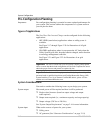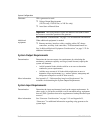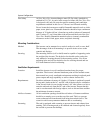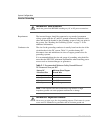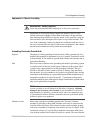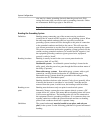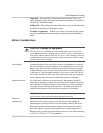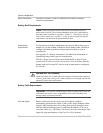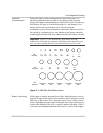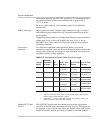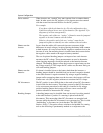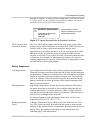
System Configuration
2–10 976-0043-01-02
wire may be a better grounding electrode than the ground rods. Well
casings and water pipes can also be used as grounding electrodes. Under
no circumstance should a gas pipe or line be used.
Bonding the Grounding System
Definition Bonding means connecting one of the current-carrying conductors
(usually the AC neutral and DC negative) to the grounding system. When
the other ungrounded conductor (the hot or positive) touches the
grounding system, current will flow through it to the point of connection
to the grounded conductor and back to the source. This will cause the
over-current protection to stop the flow of current, protecting the system.
This point of connection between the grounding system (ground rod), the
current carrying grounded conductor (AC neutral and DC negative), and
the equipment grounding conductor (green ground wire, equipment
ground) is called a “bond”.
Bonding locations Bonding is usually located in the over-current protection device
enclosures (both AC and DC).
Residential systems In residential systems bonding is located at the
utility panel, after the power has gone through the kilowatt-hour meter of
the utility (if present).
Renewable energy systems Renewable energy systems, with no grid
connection, can be grounded at the main AC distribution panel.
Renewable energy systems should be grounded to the same grounding
electrode as the AC distribution panel.
Bonding should not be done at the inverter. Codes do not generally allow
it because the inverter is considered a “serviceable” item that may be
removed from the sytem, in which case, the bonding would be broken.
Bonding at one
point
Bonding must be done at only one point in an electrical system.
Inherently, Xantrex systems have two separate electric systems; a DC
system and an AC system. This means that two bonding points will occur
in all inverter applications. The bonding point will also be connected to
the equipment (chassis) grounding conductors. It is common to have two
separate conductors connect the ground electrode and the two bonding
points. Each conductor should use a separate clamp.
Guidelines The ground and neutral must be bonded at one place, and only one
place, in the system. Use the following guidelines for ground and neutral
bonding:
Important:
Consult local codes and the NEC/CEC for more information.



